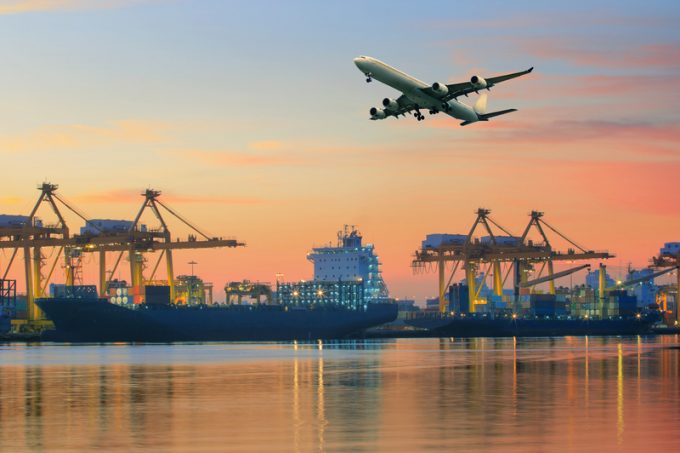Shippers struggle to find capacity amid growing shortage of reefers
US perishables exporters say they are struggling to secure enough temperature-controlled containers and trucks and ...

The pandemic has created shorter supply chains and a trend towards sea-air cargo, according to Toll Global Forwarding.
In a new report, produced with Asialink Business, the forwarder says the pace of change in logistics over the past two years has been greater than the past ...

Comment on this article